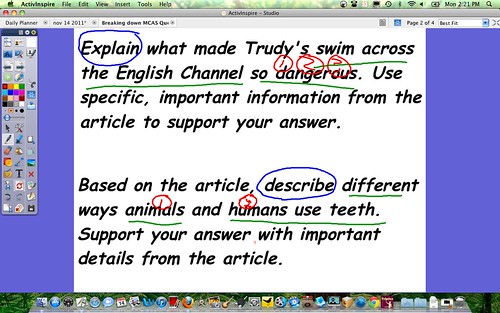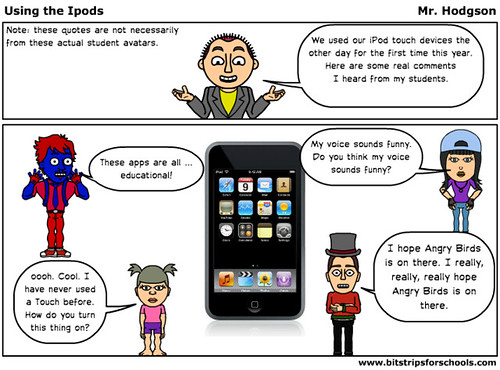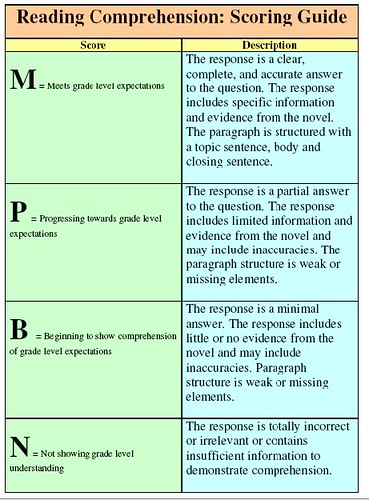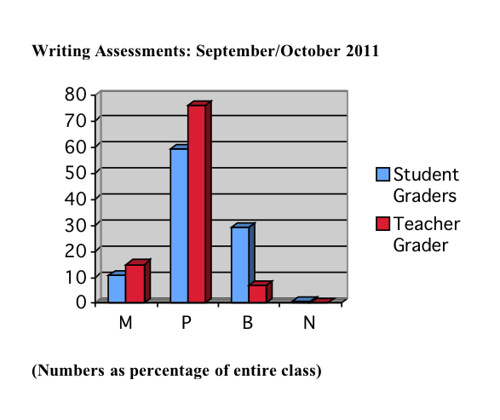
I’ve written about how one of my personal goals this year is to jump in with my Promethean Interactive Board and try to use it to its fullest this year (as opposed to last year, when it was a nice expensive projector). Since the start of the year, we’ve used the ActiveVotes to study for quizzes and spark discussions before starting new units; I’ve used the “containers” system for some interactive activities at the board; I’ve handed the pen over to kids any number of times and let them come up and annotate text and answer questions; and more.
This past week, I grabbed the one set of devices in our school known as ActivExpressions for use in a vocabulary activity. These handheld devices are different than the ActiVotes, in that the user (student) can do a variety of things, including provide numerical answers and type in their own words as responses. You can even fashion an activity with a variety of kinds of responses (which is a nice bit of flexibility) and even quickly put a question on the board that comes up unexpectedly in discussions, and have kids answer it within in minutes. (Of course, they would have to have the ActivExpression at their desk). It’s a bit like bringing texting into the classroom. The devices work just like a cell phone, as you punch through the letters to spell a word.
It was simple to set up and pretty interesting to watch.
On tough questions that required some deep thinking and responses, you could hear a pin drop in the room as they were writing out answers. Looking at the spelling of the words (which gets displayed on the board in a chart, which you can save and which allows you to also isolate data from individual users), you could see all of the mannerisms of texting (the dropped vowels and shorted word parts), even though I told them to spell the words correctly. In one class, one student urged his classmates to “use a capital letter at the start and a smiley face at the end” so that all of those would get grouped together on the chart. In each class, there was usually an informal race to be the first to finish (the marathon texters came to light).
They loved the devices because it reminded them of using cell phones outside of school, but was it a solid learning tool?
I don’t know.
Honestly, I need to learn more about the possibilities and maybe see more models in action. From a “time” perspective, it wasn’t a very efficient use of the class period. Some kids take forever to text. And you have to wait for everyone to be done before showing the graph. I could have done the same activity on paper, in about half the time, and gotten pretty much the same data set on my own.
I still have an open mind about it, but I’ll have to have a better justification for using this technology other than it’s just cool for my students and reminds them of their cell phone. I need more than that, as a teacher (even one who believes in technology). I need to do more work on my end before I have them doing the learning on their end.
Peace (in the expressions),
Kevin
PS — And I kept thinking, what would my webcomic character Boolean do with this device? He’d hack into it for some sort of mischief, I am sure.




